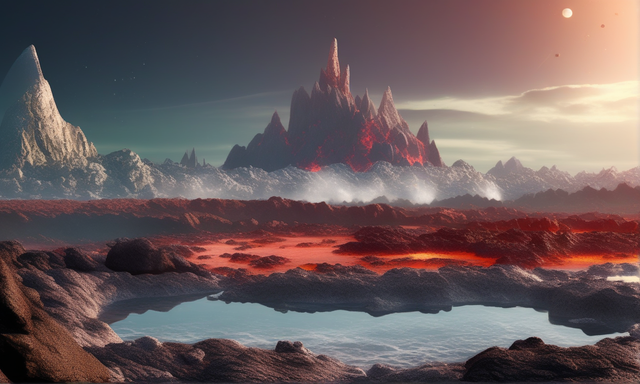An exoplanet very similar to ours
An exoplanet very similar to ours.

An exoplanet like the Earth has been discovered, an international team of astronomers led by Melinda Suárez Furtado from the University of Wisconsin in Madison in the United States have detected a planet the size of the Earth that is fine and orbiting a star just like ours sun that is even better, it only has one small problem and that is that it is too close to its star, it is not in the habitable zone, it is in the infernal zone, it is too close to its star.

Souce
It is speculated that the intermediate area between day and night would be a habitable place, the image above could give us an idea of its appearance, the aspect where it is always day there would be an ocean of lava and in the area where it is always night Well, ice could accumulate, the intermediate zone could be a habitable place, the problem is that it probably isn't because if it had an atmosphere, in this specific case the temperature differences are so brutal that winds, hurricanes and storms would be a terrifying constant. in that area, because there would be an exchange of warm and cold currents between one place and another.
This world is located only 73 light years from our solar system, in the direction of the constellation Ursa Major.

Thank you for visiting my blog. If you like posts about #science, #planet, #politics, #rights #crypto, #traveling and discovering secrets and beauties of the #universe, feel free to Follow me as these are the topics I write about the most. Have a wonderful day and stay on this great platform :) :)
! The truth will set us free and science is the one that is closest to the truth!
0
0
0.000
Nice , that was a great info. Thanks for sharing🙂
Thanks, I'm glad you like science.
Thanks for your contribution to the STEMsocial community. Feel free to join us on discord to get to know the rest of us!
Please consider delegating to the @stemsocial account (85% of the curation rewards are returned).
You may also include @stemsocial as a beneficiary of the rewards of this post to get a stronger support.